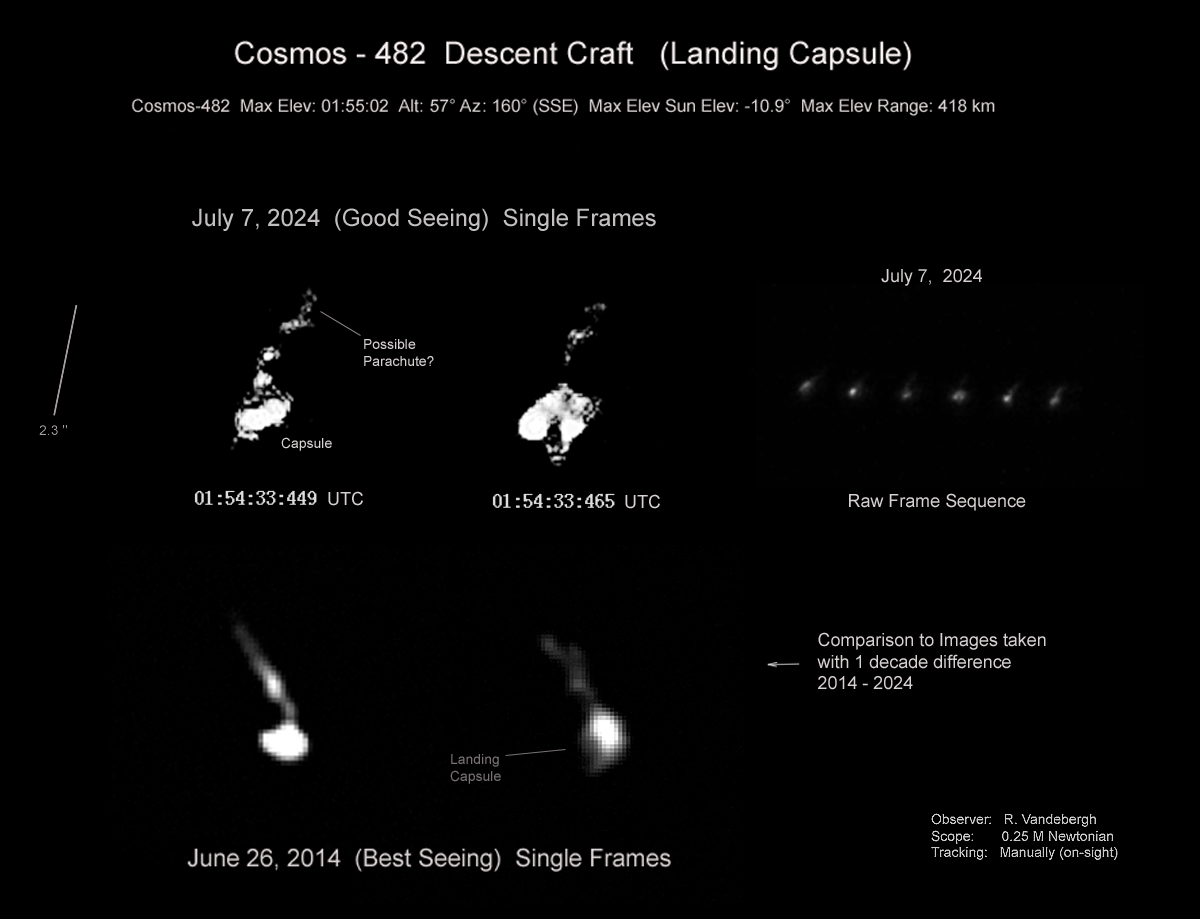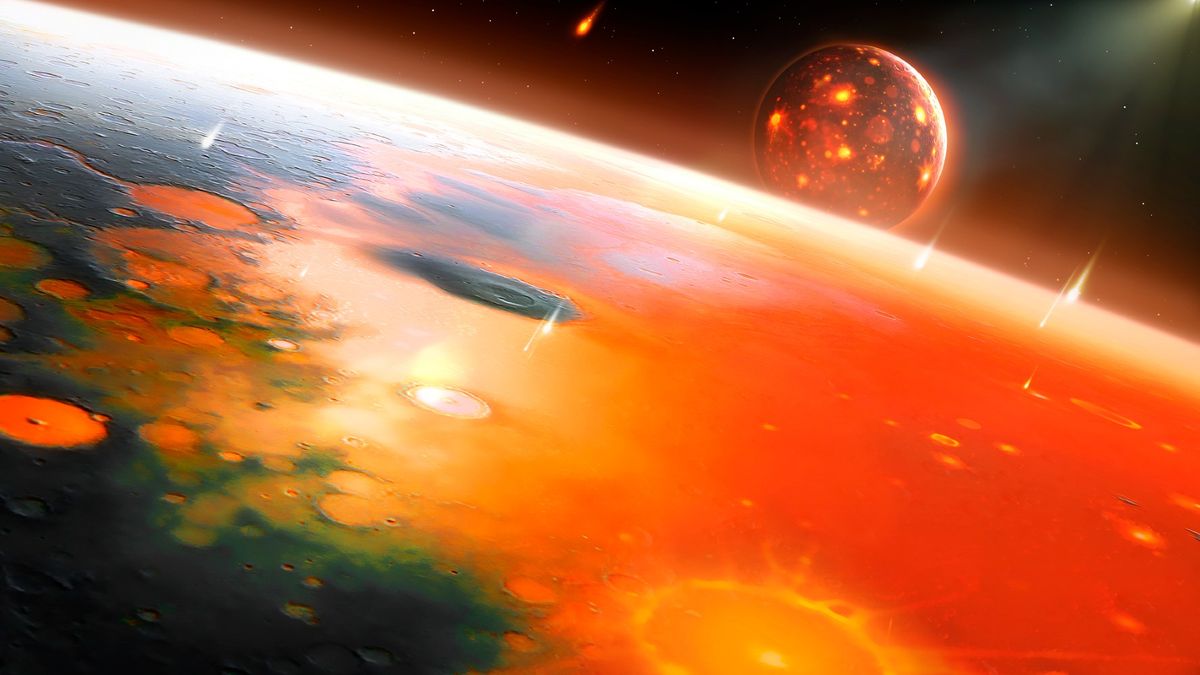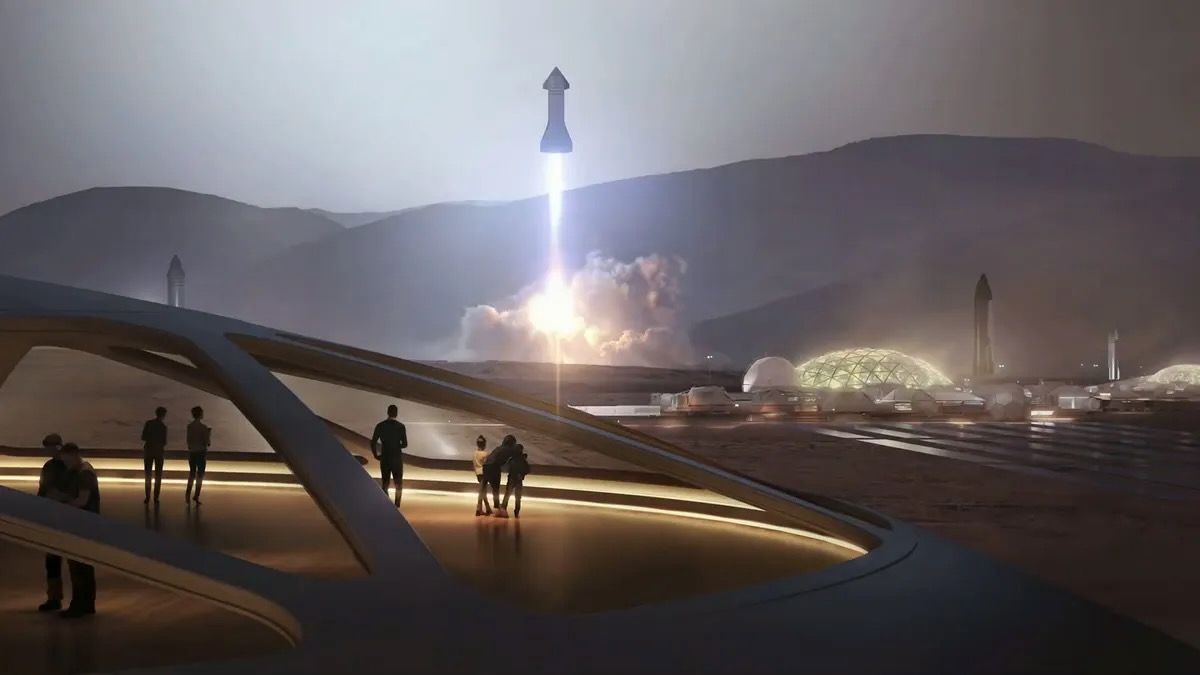This will be no ordinary space junk fall.
The Soviet Union's failed Kosmos 482 spacecraft will crash to Earth in the coming days after more than 50 years in orbit. Its homecoming may not spark the sorts of artificial meteor showers we're used to seeing from falling rocket bodies and other pieces of debris, however, because Kosmos 482 was built different: It's a Venus lander.
"As this is a lander that was designed to survive passage through the Venus atmosphere, it is possible that it will survive reentry through the Earth atmosphere intact, and impact intact," Dutch satellite tracker Marco Langbroek wrote in a blog post recently.
"It likely will be a hard impact: I doubt the parachute deployment system will still work after 53 years and with dead batteries," Langbroek added. "There are many uncertain factors in whether the lander will survive reentry, though, including that this will be a long shallow reentry trajectory, and the age of the object."
Kosmos 482 was part of the Soviet Union's storied Venera program of Venus exploration. The probe launched toward the second planet from the sun in 1972 but never got there; its rocket suffered an anomaly, stranding Kosmos 482 in an elliptical orbit around Earth.
Atmospheric drag has been pulling the dead probe down slowly but surely over the decades, and Kosmos 482's time is now almost up. According to Langbroek, the most recent forecasts have the spacecraft returning to Earth around 4 a.m. EDT (0800 GMT) on Saturday (May 10). The uncertainty is quite high, however — plus or minus 20.6 hours.
Kosmos 482's orbital inclination is 52 degrees, so the craft's reentry will occur between 52 degrees north latitude and 52 degrees south — a large percentage of Earth's surface. Forecasters can't say much more than that at this point, given the large error bars in the timing. (Those error bars will get smaller and smaller as Kosmos 482 gets lower and lower and observers gather more data.)
Oceans cover about 70% of Earth's surface, however, so we can say one thing: It's likely Kosmos 482 will splash down at sea.

According to Langbroek, Kosmos 482 is believed to be similar to the Venera 8 lander, which also launched to Venus in 1972 (but actually made it there safely). If that's the case, Kosmos 482 is about 3.3 feet (1 meter) wide and weighs about 1,190 pounds (495 kilograms).
Modeling work suggests that Kosmos 482 will hit the ground (or the waves) at about 150 mph (240 kph), assuming it doesn't break apart during reentry, according to Langbroek.
"The kinetic energy at impact is similar to that of a 40-55 cm [16 to 22 inches] large (after ablation) meteorite fragment," he wrote.
But there's even less reason than usual to fear a "death from above" scenario with Kosmos 482, given the craft's sturdiness.
"As it will likely reach Earth['s] surface as only one single object, the risks involved are lower than for example those created by a Falcon 9 upper stage reentry, which showers multiple meter-sized objects over a large area," Langbroek wrote.
.png)
 German (DE)
German (DE)  English (US)
English (US)  Spanish (ES)
Spanish (ES)  French (FR)
French (FR)  Hindi (IN)
Hindi (IN)  Italian (IT)
Italian (IT)  Russian (RU)
Russian (RU) 









Comments